 Paragould Building Construction
Paragould Building Construction
Entry Type: Place
 Paragould Building Construction
Paragould Building Construction
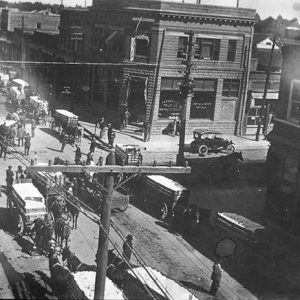 Paragould Cotton
Paragould Cotton
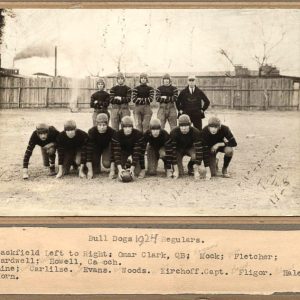 Paragould Football Team
Paragould Football Team
 Paragould Stave Mill
Paragould Stave Mill
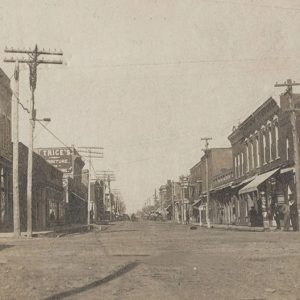 Paragould Street Scene
Paragould Street Scene
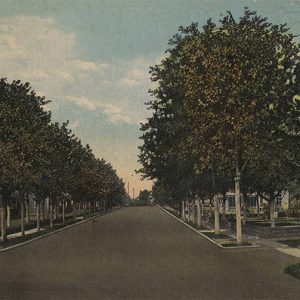 Paragould Street Scene
Paragould Street Scene
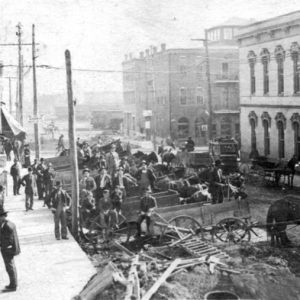 Paragould Street Scene
Paragould Street Scene
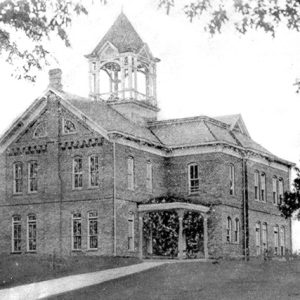 Paris Academy
Paris Academy
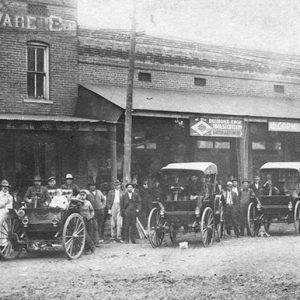 Paris Street Scene
Paris Street Scene
 Paris Railroad Depot
Paris Railroad Depot
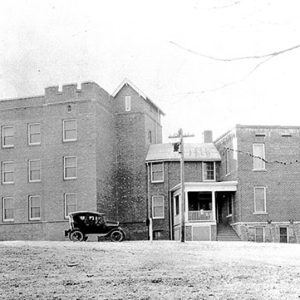 Paris Hospital
Paris Hospital
Paris (Logan County)
 Paris Masonic Lodge
Paris Masonic Lodge
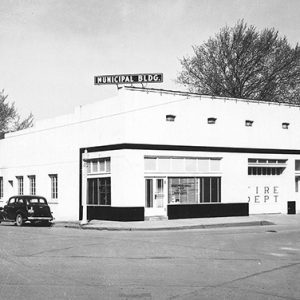 Paris Municipal Building
Paris Municipal Building
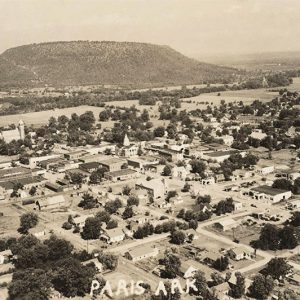 Paris Aerial View
Paris Aerial View
 Paris Post Office
Paris Post Office
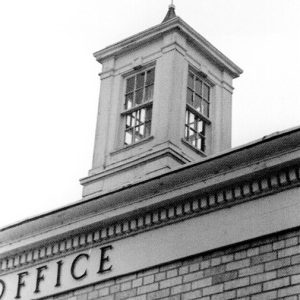 Paris Post Office
Paris Post Office
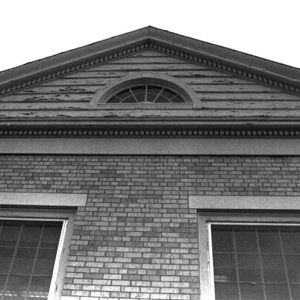 Paris Post Office Detail
Paris Post Office Detail
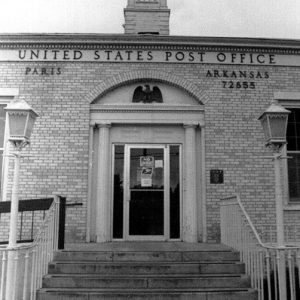 Paris Post Office Front Door
Paris Post Office Front Door
 Paris Post Office Interior
Paris Post Office Interior
 Paris Street Scene
Paris Street Scene
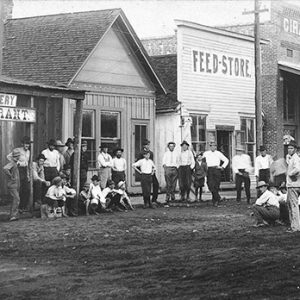 Paris Street Scene
Paris Street Scene
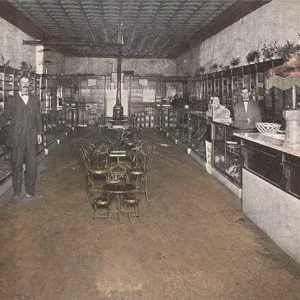 Parish and Ross Drugstore
Parish and Ross Drugstore
 Park Hill Historic District
Park Hill Historic District
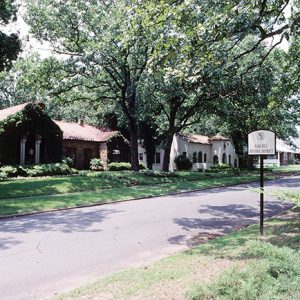 Park Hill Historic District
Park Hill Historic District
Park Hill Historic District
 Park Hotel
Park Hotel
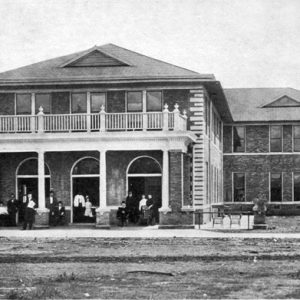 Park Hotel
Park Hotel
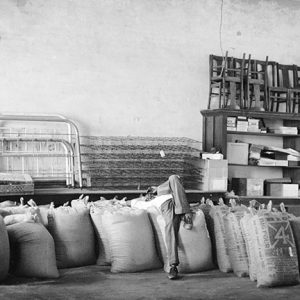 Parkdale General Store
Parkdale General Store
Parkdale (Ashley County)
 Parker Pioneer Homestead
Parker Pioneer Homestead
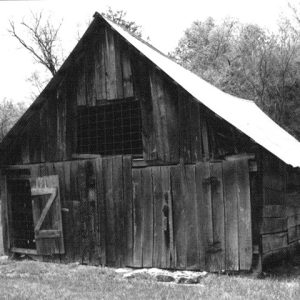 Parker-Hickman Farm Barn
Parker-Hickman Farm Barn
 Parker-Hickman Farm Barn
Parker-Hickman Farm Barn
Parker-Hickman Farm Historic District
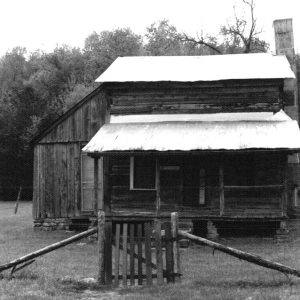 Parker-Hickman Farm House
Parker-Hickman Farm House
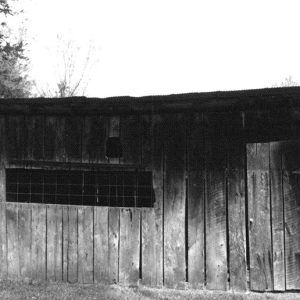 Parker-Hickman Farm Outbuilding
Parker-Hickman Farm Outbuilding
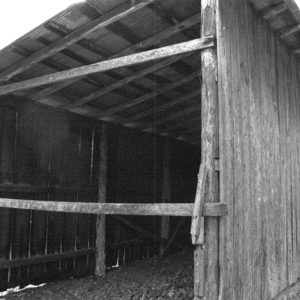 Parker-Hickman Farm Outbuilding
Parker-Hickman Farm Outbuilding
 Parker-Hickman Farm Outbuilding
Parker-Hickman Farm Outbuilding
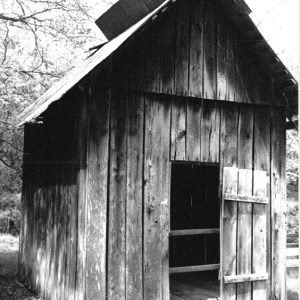 Parker-Hickman Farm Outbuilding
Parker-Hickman Farm Outbuilding
Parkin (Cross County)
Parkin Archeological State Park
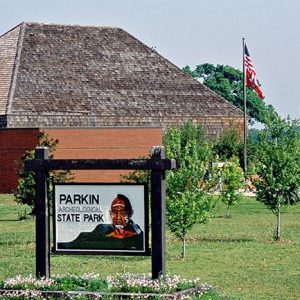 Parkin Archeological State Park
Parkin Archeological State Park
 Parkin Archeological State Park
Parkin Archeological State Park
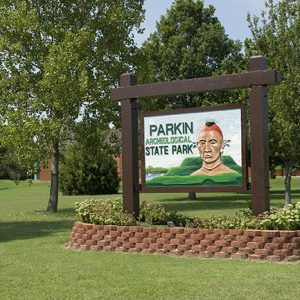 Parkin Archeological State Park
Parkin Archeological State Park
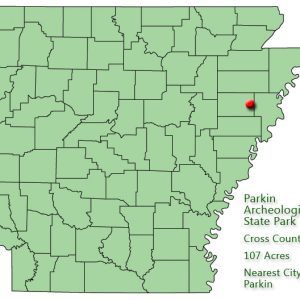 Parkin Archeological State Park: Park Location
Parkin Archeological State Park: Park Location
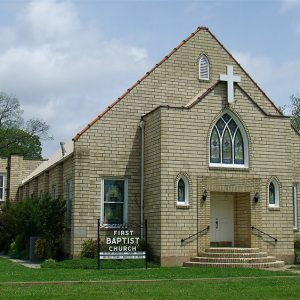 Parkin Baptist Church
Parkin Baptist Church
 Parkin Flood
Parkin Flood
Parkin Historic Site
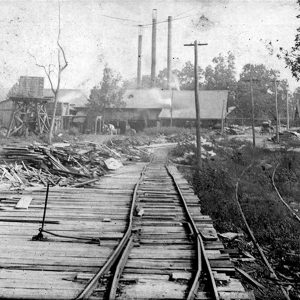 Parkin Mill
Parkin Mill
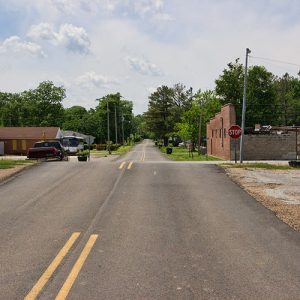 Parkin Street Scene
Parkin Street Scene




